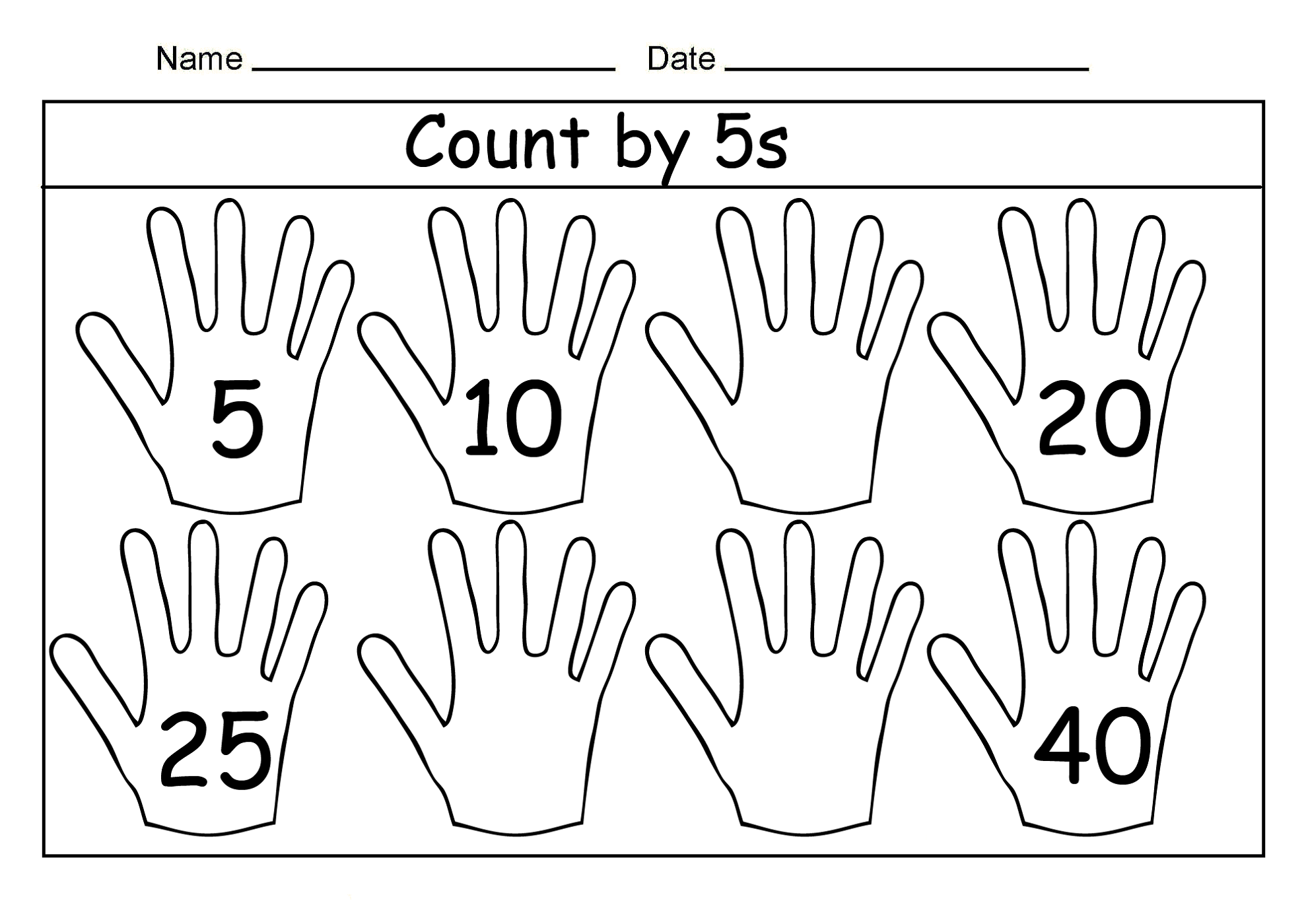
Try making a set of 10 words and learn them before moving to next set.

I'll leave the current explanation in terms of primes above, but the reason this shorter pairing works is again because in the range 28-53 the only numbers with prime factors entirely in the set of prime factors of 2016 are 28, 32, 36, 42, 48, which correspond precisely to the vowels.ĮDIT2: Another 5 bytes saved since (c-65&31)+28 can be shortened to c%32+27.ĮDIT3: Converted to a do-while loop to finally get it below 100 bytes.Learning and remembering each word can be a bit difficult, therefore you can save this guide for future reference. Since the last consonant does not appear on standard typewriters or computer keyboards, it is often. In the comments pointed out that the pair (n,s) = (2016,28) can also be used in this expression to determine vowelhood. 5 vowels: a, e, i, o, u, 2 semi-vowels: w, y. In our range only such numbers will divide 124701951 = 33*37*41*47*53, ie only for vowels will the remainder of 124701951%(.) be zero.ĮDIT: In this way one can consider the expression !(n%((c-65&31)+s)) where (n,s) = (124701951, 33) as determining whether the character c is a vowel. This seems unlikely but, if it were the case, it would run counter to the. When we add 33 the vowels correspond to the numbers 33, 37, 41, 47, 53 respectively, all of which are (conveniently) prime. The vowel-usage rates of over 4000 language varieties were obtained. word for whether or not it includes all of the five vowel characters. The subexpression c-65&31 maps 'a' and 'A' to 0, 'b' and 'B' to 2, etc. PHP Parse error: syntax error, unexpected var (TVAR) in /home/codewarrior/run.php on line 6 Something wrong with this kata. If you have a script that you want to run multiple times without having to restart. Will be 1 if c is an (upper or lower case) ASCII vowel, and 0 for other characters a-zA-Z. The re.sub () returns a string by replacing a set of one or more characters with a replacement string. The re.sub () method can be imported from the re (Regular expressions) module. Step 2: Run a Search on the Word Generator.

Repeat this process for every such substring and return the final count. 5 Letters Words with 4 Vowels, Q Words without QU-, RETAIN + Blank Bingos, Words with AA, Words with II.

convert the character to lowercase using the tolower() function check whether the character is a vowel, a consonant. 5 Answers 5 5 Try this: var 4 Regarding your code, your if condition needs no i2 if 2 Try: run forest, run 1 The simplest way is match 0 You can. The means mentioned in this piece are as follows: Using Standard Method Using Function. Then for every x, the number of possible substrings are x (x + 1) / 2 which contains only vowels. Program to count vowels, consonants, etc. The compiler has also been added with which you can execute it yourself. This still feels sort of bloated so hopefully I can get it down quite some bytes later tonight. Counting vowels by replacing the vowels with an empty string We use re.sub () method to replace vowels in the string. To optimize the above approach, the main idea is to count the length of substring which contain only vowels, say x. In this tutorial, you will learn about the C++ program to Count Vowels in String. Answer: There are quite a few words that has all the vowels in order. Thanks for a particularly nice 5 byte saving.


 0 kommentar(er)
0 kommentar(er)
